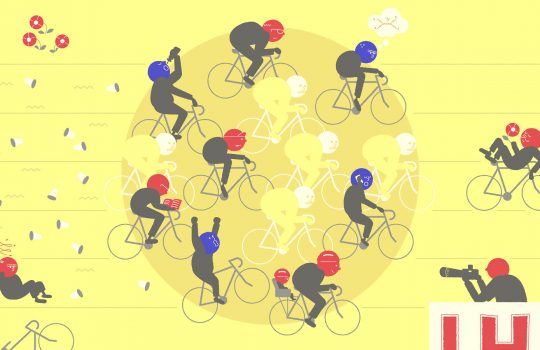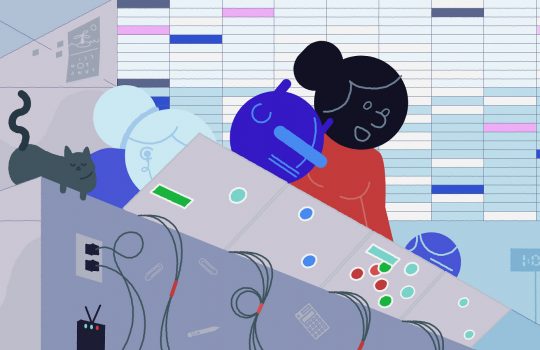Ten years of Large Hadron Collider discoveries are just the start of decoding the universe
From The Conversation, Sept. 7, 2018: On the occasion of 10 years of Large Hadron Collider operations, Fermilab visiting scientist and Florida State University professor Todd Adams gives an overview of science at the LHC.




